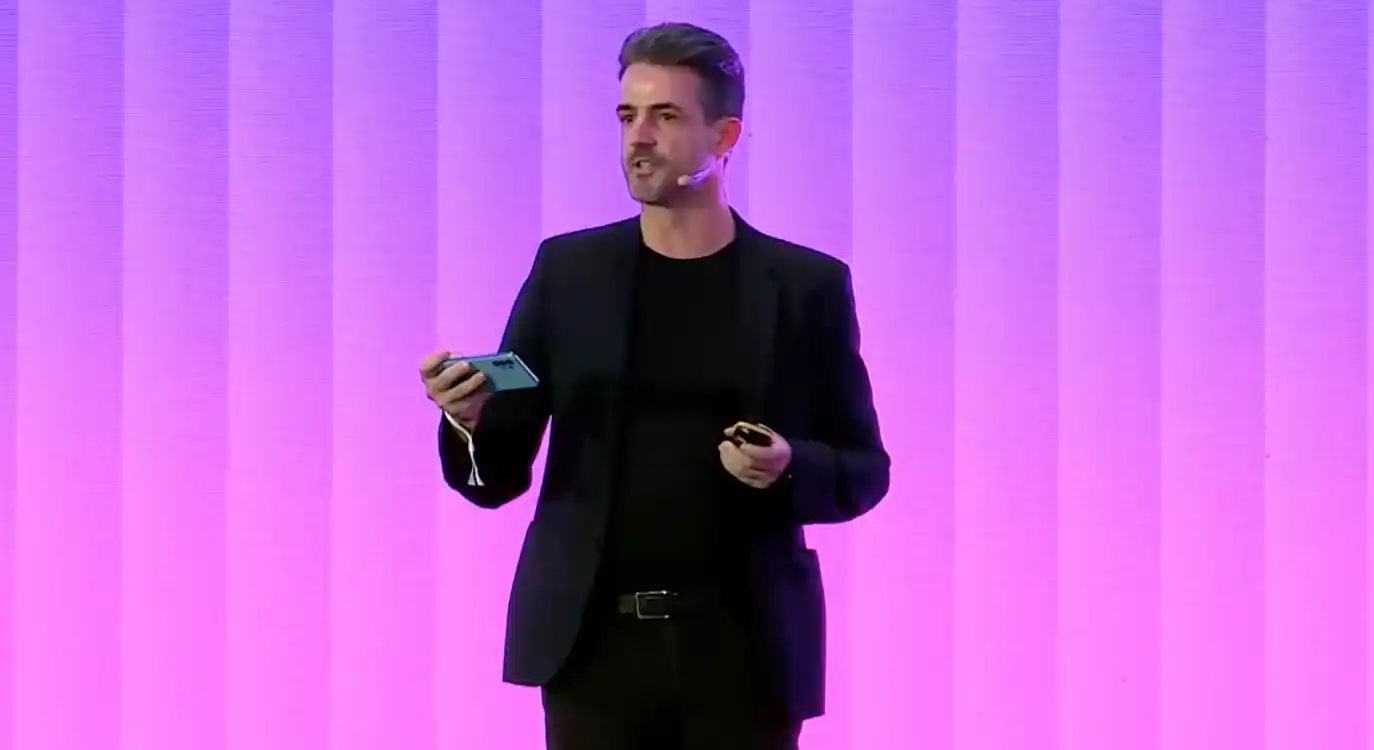
UX Research in 2025: Methods That Actually Work in the Remote-First World

The pandemic forced UX research remote. Five years later, we've learned that remote research isn't just a pandemic accommodation—it's often superior for reaching diverse participants, reducing bias, and scaling insights across organizations. But it requires fundamentally different methods than traditional in-person research.
Asynchronous Research: The Underrated Superpower
Synchronous video calls dominated early remote research, but the real breakthrough has been asynchronous methods. Diary studies, unmoderated usability tests, and video response platforms let participants engage on their own schedule, in their natural environment, without the artificiality of a scheduled session.
The data quality often exceeds live sessions. Participants are more candid when not performing for an observer. They capture moments of genuine frustration or delight that would never occur in a lab. And researchers can review responses carefully rather than making real-time judgments.
Continuous Discovery vs. Project-Based Research
The shift from periodic research projects to continuous discovery has accelerated. Rather than conducting large studies quarterly, leading teams maintain ongoing participant relationships, run lightweight weekly tests, and integrate research into sprint cycles.
This requires new infrastructure: participant panels for quick recruitment, automated scheduling, standardized test templates, and efficient synthesis workflows. The upfront investment pays dividends in speed and relevance—insights arrive when decisions are being made, not weeks later.
AI-Enhanced Analysis
The most impactful AI application in UX research isn't generating personas or writing reports—it's accelerating analysis of qualitative data. Automatic transcription, sentiment detection, and theme clustering let researchers spend less time on mechanics and more time on interpretation.
Smart teams use AI to surface patterns they might miss, not to replace human judgment about what patterns mean. The researcher's role shifts from data processor to insight curator—a more valuable and more interesting job.
Ready to improve your blockchain UX?
Let's discuss how we can help you create intuitive experiences for your Web3 product.
Schedule a consultation

